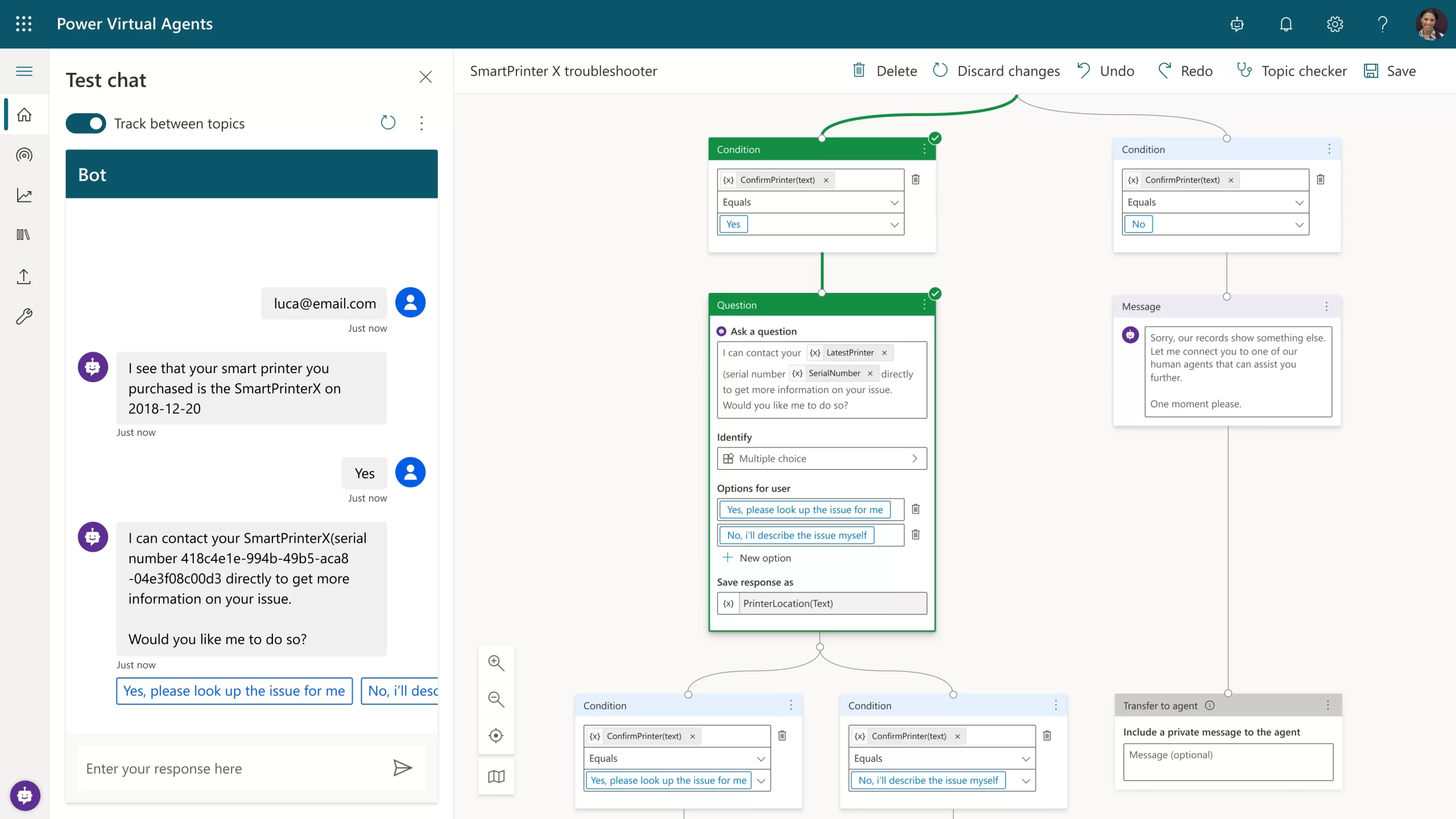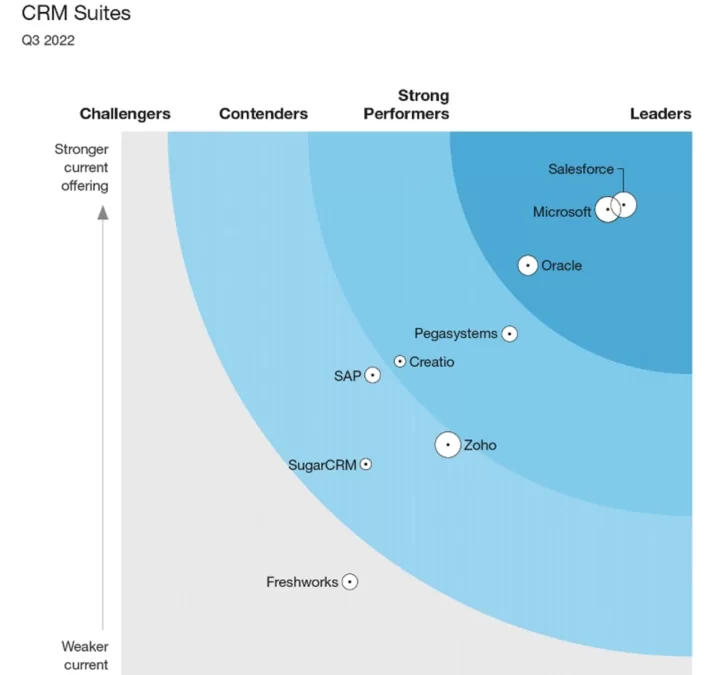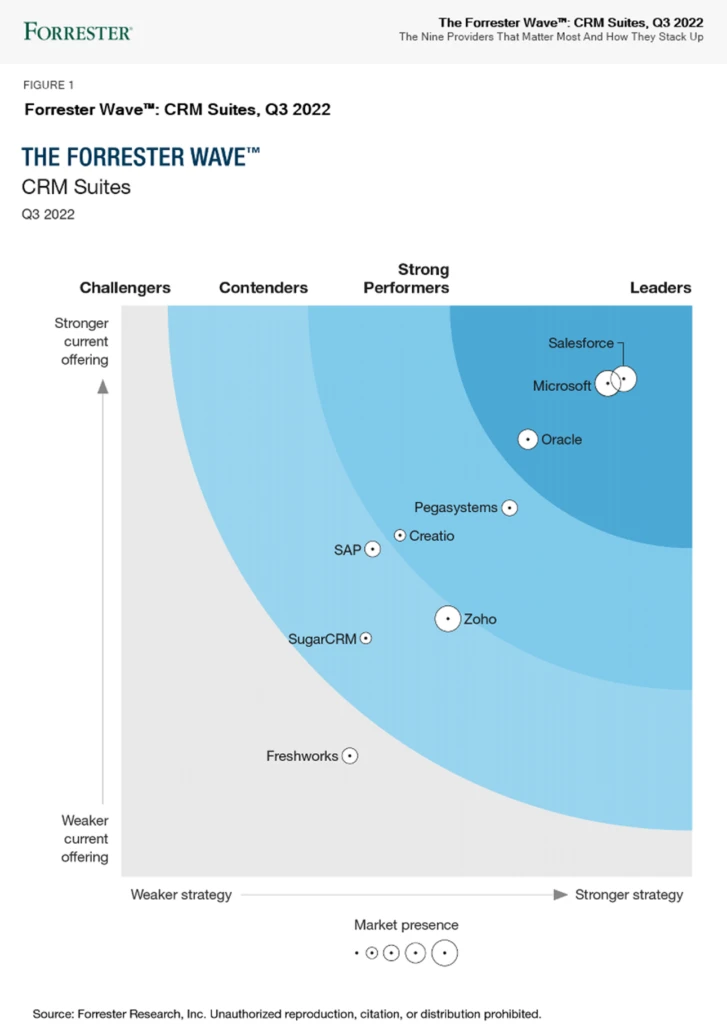Many people still prefer to pick up the phone when they want to access customer service. Many others find that the phone is a vital last resort when they fail to get answers in digital channels. Regardless of why people call a contact center, it is essential that the experience is fast, simple, and satisfying.
In the first article in the series, we talked about how the Microsoft Digital Contact Center Platform is an open, extensible, and collaborative platform for delivering seamless, omnichannel customer engagement at scale. In this article, we’ll look at how the Microsoft Digital Contact Center Platform brings together Nuance and Microsoft innovations to help organizations engage customers efficiently and effectively in the voice channelfrom the moment they reach the interactive voice response (IVR) system.
Reimagining the voice channel
Most IVRs make customers navigate a maze of menu options and listen to irrelevant messages because they lack the intelligence to resolve inquiries themselves. They frustrate customers, who have learned to keep pressing ‘0’ or shout “agent!” to reach a human agent who has no knowledge of what happened during the IVR session. That forces the customer to restart their search for a satisfactory resolution. These can be frustratingeven infuriatingcustomer experiences, which can damage brand loyalty.
With a conversational IVR, however, callers can explain their needs in their own words and get answers to questions in a few seconds.
Conversational IVRs use natural language understanding (NLU) to interpret what callers want to accomplish and resolve their issues in a fast, satisfying self-service experience. Of course, some interactions will require a live agent (like complex queries, sensitive issues, or high-value transactions), so AI-powered IVRs route those calls to an available agent with the right skill set.
The best conversational IVRs can recognize thousands of complex instances of customer intent from customers’ natural spoken words, tone, and patterns; dramatically improving the customer experience. For example, when the health insurance company Humana replaced its legacy system with a conversational IVR, its Net Promoter Score (NPS) rose by 80 percent.
Making customer experiences better
Modern IVR solutions give callers intelligent, seamless, conversational self-service experiences that lead to faster resolutions, increased customer satisfaction, and lower service costs.
The most advanced IVR systems can improve customer experiences in many ways. They can offer callers the option to shift to digital experiences such as a virtual assistant or live chat to get faster servicewhile maintaining context throughout the engagement. They can also integrate with call-back management systems, so when wait times are long, the IVR gives customers the option to be called back rather than waiting in line.
On the Microsoft Digital Contact Center Platform, conversational IVRs can create even more value for customersand for organizationsby uniting Microsoft and Nuance innovations. When the IVR escalates an engagement to a live agent, it can hand over the full context of the conversation. The agent desktop can also pull in a unified view of the customer, including previous interactions, purchase history, and more. Agents feel empowered to quickly address queries and issues, increasing their productivity, while the customer feels understood and valued.
Intelligent routing means happier, more loyal agents
Conversational IVRs can handle most routine inquiries and even more complex interactions, increasing call containment and minimizing transfers to agents. When transfers are needed, agents have a clear view of the context of incoming calls and can serve customers more effectively. And because agents are no longer handling routine interactions, they can apply their skills to higher-value, more rewarding engagements, which in turn increases agent experience and loyalty.
For example, at a major global telco, a conversational IVR successfully handles more than 70 percent of the 4 million calls it receives each month, reducing the strain on the organization’s live agents.
On the Microsoft Digital Contact Center Platform, IVRs use intelligent routing to further increase the ability of agents to resolve most incoming calls successfully and swiftly. The real-time data and context from the IVR enhance call handling by intelligently routing callers to the live agent best suited to help, while providing them with the information needed to provide rapid, reliable resolution. That leads to higher customer and agent satisfaction as well as a significant reduction in contact center costs.
Faster, more secure interactions
One of the most valuable developments in modern IVR technology is the addition of biometric authentication. Voice biometrics technology in Nuance Gatekeeper can accurately identify customers (and fraudsters) based on more than 1,000 characteristics of their “voiceprint” using only half a second of their natural speech.
Authenticating callers using voice biometrics increases security (because PINs and passwords can be easily bought or stolen) and eliminates the need for agents to spend time on lengthy, often tedious knowledge-based authentication processes. It also enables deeper level of personalization. By seamlessly authenticating a caller in the IVR with voice biometrics, a conversational IVR can use existing data sources to understand the caller’s relationship with the brand, past history, and other data points to personalize the experience. One of the world’s largest asset managers uses passive voice biometrics to authenticate 79 percent of customers as they speak with its conversational IVR. By automating the caller authentication process, the contact center reduced the average handle time for each call by 82 seconds because agents no longer have to begin every interaction by verifying the caller’s identity.
Intelligent IVR applications for every need
The Microsoft Digital Contact Center Platform makes it easy to build an enterprise-grade, secure, conversational voicebot or FAQ application for the IVR that can handle everything from straightforward queries to complex interactions. What’s more, these applications will be purpose-built to meet specific requirements and business goals.
Organizations can build DIY voicebots in Nuance Mix (more on that in our next article) or call on the expertise of Nuance’s professional services teams, speech scientists, data scientists, and conversational design specialists. And as the Microsoft Digital Contact Center Platform continues to evolve, organizations will be able to build voicebots with Microsoft Power Virtual Agents, then enhance and evolve those bots with Nuance Mix.
Defining the future of voice support together
By bringing together Nuance Conversational IVR and Mix, Microsoft Power Virtual Agents, and Microsoft Dynamics 365 Customer Service, along with Microsoft Azure Communications Services and Azure Cognitive Services, organizations now have a single platform to create innovative customer and agent experiences.
For example, organizations can build bespoke, enterprise-grade applications using highly intelligent call routing capabilities in Dynamics 365; or create smart, personalized, empathetic, and natural IVR and bot applications with Azure Cognitive Services. It is now possible to turn those innovative “what if?” customer service ideas into reality. And, of course, it is all possible while protecting your current investments thanks to backwards compatibility and a clear, disruption-free migration path to any future solutions.
Next steps
Next time, we will dive deeper into how Nuance MixNuance’s conversational AI tooling platformcomplements Microsoft Power Virtual Agents. Until then, learn more about the Microsoft Digital Contact Center Platform and how to create engaging, personalized digital experiences.
The post The AI-powered contact center, part 2: Achieve superior self-service voice support appeared first on Microsoft Dynamics 365 Blog.
Brought to you by Dr. Ware, Microsoft Office 365 Silver Partner, Charleston SC.







Recent Comments